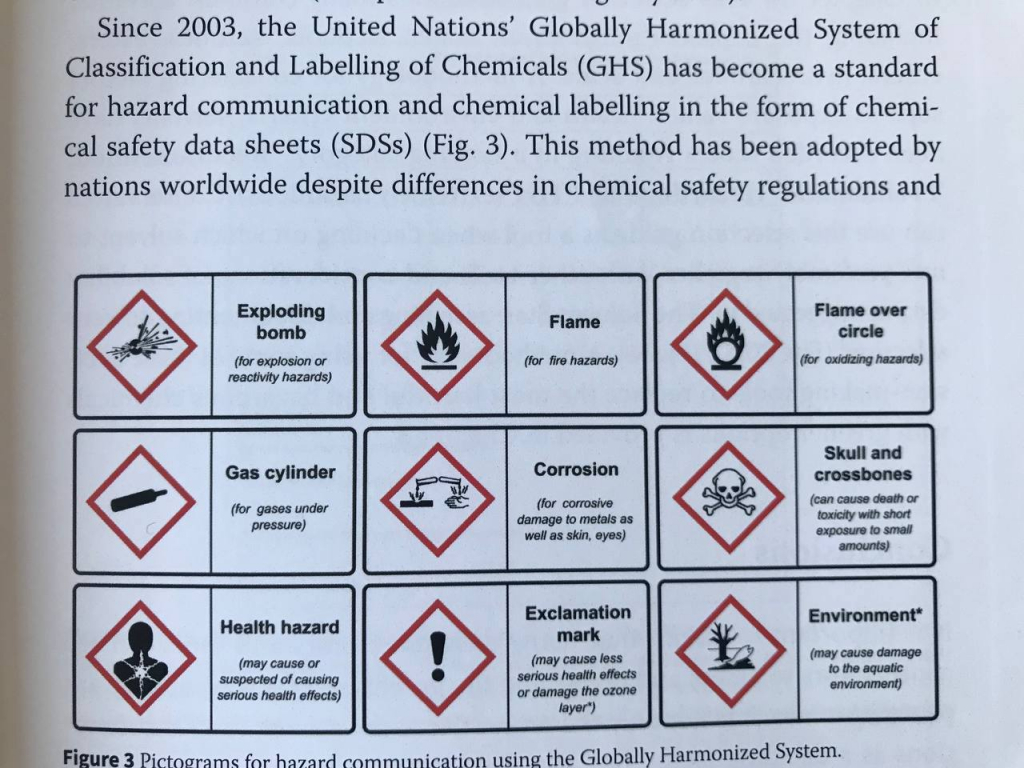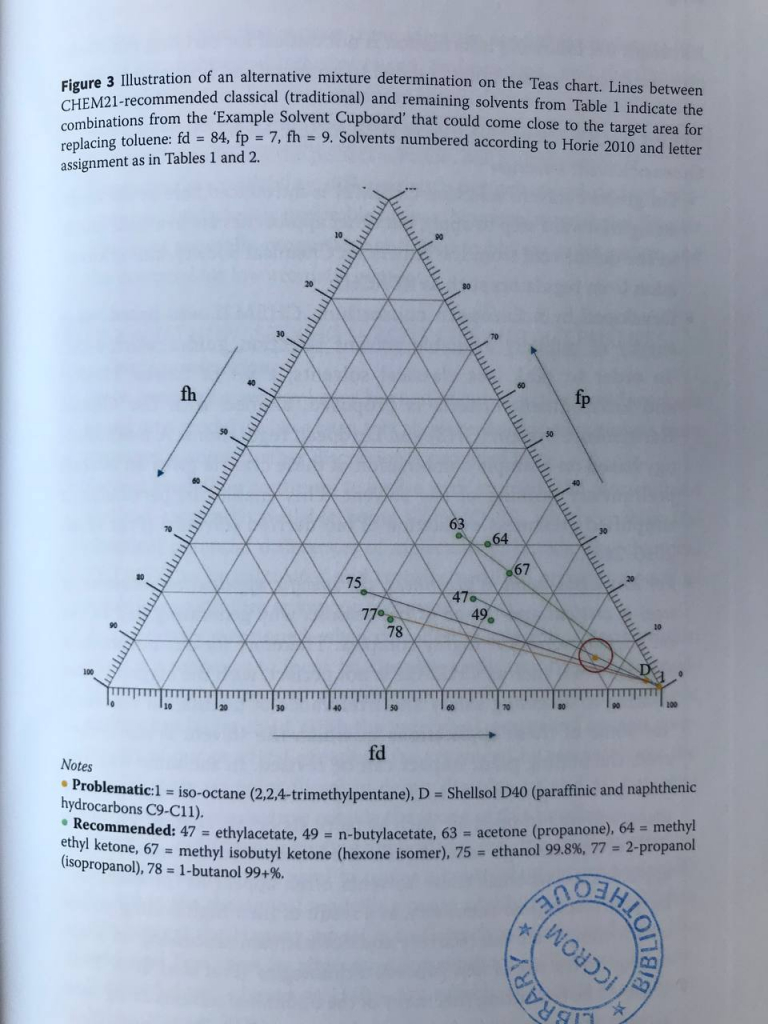Welcome to the Resource of the Month for August, dear readers. Once again, I would like to invite as many of you as possible to visit our library, either virtually through our online catalogue or, of course, in person here in Rome. In person in Rome? Some of you might think: I'd better not travel in this heat... We read daily about forest fires and city fires and it hasn't rained in Italy for many months...Climate change and its catastrophic effects are more evident than ever. We have to look for sustainable solutions in all areas of life.
How can we, as conservators, integrate sustainability into our work?
 This is the question Caitlin Southwick, founder of the Sustainability in Conservation (SiC) - Greener Solvents project, and her team asked themselves. SiC strives to work in line with the UN's Sustainable Development Goalsand sees itself as part of the trend toward “green chemistry”: a relatively new branch of chemistry first conceptualized in the 1998 publication Green Chemistry: Theory and Practice (Anastas, Warner).
This is the question Caitlin Southwick, founder of the Sustainability in Conservation (SiC) - Greener Solvents project, and her team asked themselves. SiC strives to work in line with the UN's Sustainable Development Goalsand sees itself as part of the trend toward “green chemistry”: a relatively new branch of chemistry first conceptualized in the 1998 publication Green Chemistry: Theory and Practice (Anastas, Warner).
As a result of the SiC team’s investigation into conservators’ sustainability, they created a manual to help conservators use “greener” methods and products. Greener Solvents in Conservation: An Introductory Guide, published by Archetype in association with SiC in 2021, is a guide to implementing organic solvents in conservation.
The manual makes it clear: there is no product with zero impact. “Greener” solvents are explained as those which “provide a better alternative to other solvents in use in terms of human toxicity, safety and environmental impact.” In Chapter 1, authors Karoline Sophie Hennum and Marie Desrochers elaborate on the concepts “green” and “greener.” They discuss various tools that can be used to facilitate the decision to use one or another solvent in terms of sustainability.
The second chapter is dedicated to the history of the search for “greener” solvents in conservation, addressing the progressive recognition of the danger solvents can pose to conservators' health. Aline Assumpção and Lucile Pourret show how, over the years, research relevant to the sector has contributed to a more sustainable use of chemicals that are less harmful to health.
 The heart of the book is written by editor Gwendoline R. Fife, wherein she outlines the practical steps to adopting greener solutions in conservation. She writes that the chapter provides a guide: “... where it has been determined that the best (or only) option is to use organic solvents.”
The heart of the book is written by editor Gwendoline R. Fife, wherein she outlines the practical steps to adopting greener solutions in conservation. She writes that the chapter provides a guide: “... where it has been determined that the best (or only) option is to use organic solvents.”
Fife lays out an easy-to-follow, step-by-step explanation of the process needed to achieve this goal. The manual includes helpful visual and organizational tools, such as a table of the most important solvents, their graphic representation in the TEAS chart and a checklist.
I strongly recommend this book to all conservators. I keep this manual on the virtual shelf of my favourite technical books, many of which are concise manuals that, with their practical approach, have helped me expand my conservation knowledge. The more of us who put this manual’s suggested recommendations into practice, the greater the concrete benefits will be for HEALTH in the broadest sense - namely, for both our personal and environmental health. Enjoy the read!
